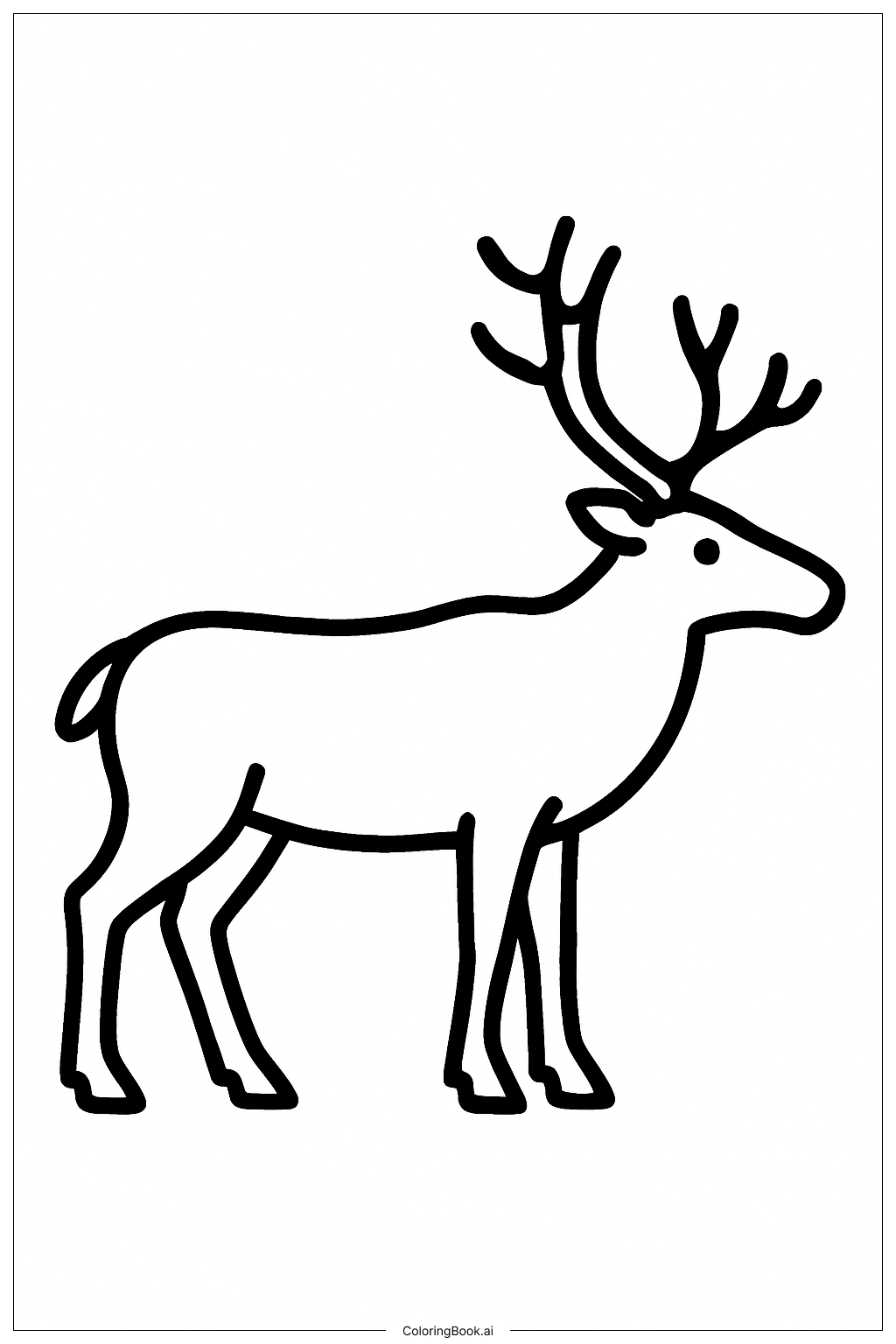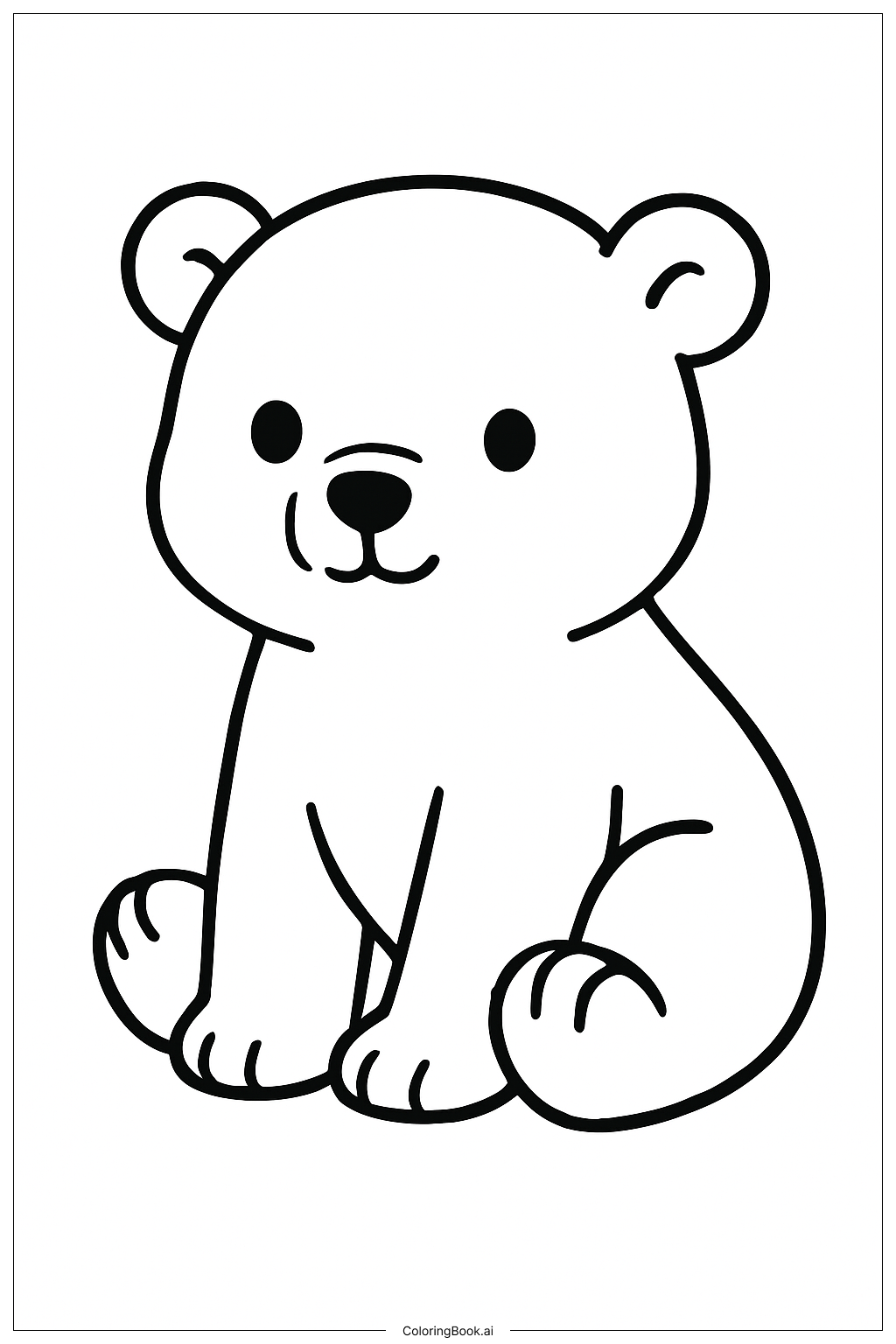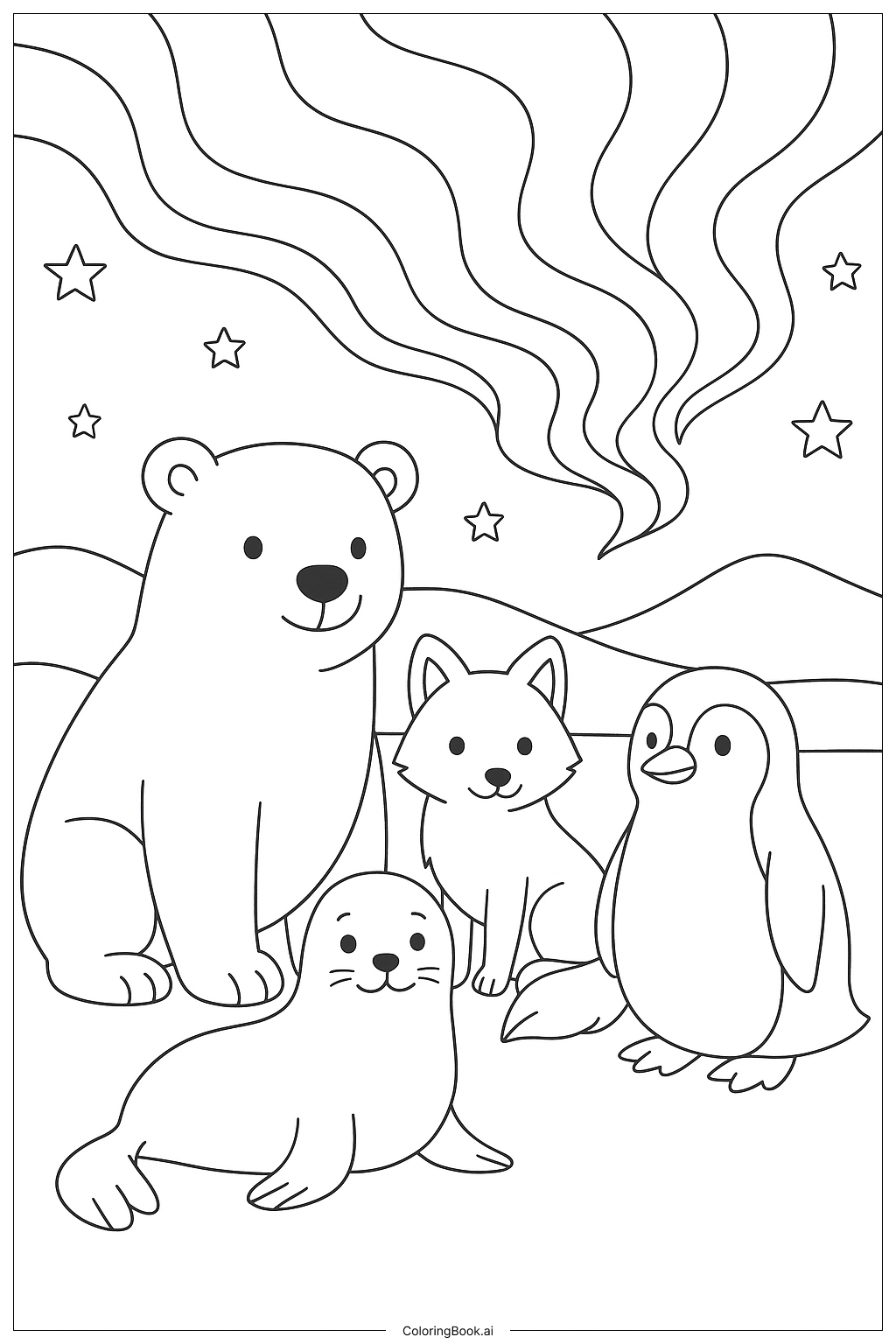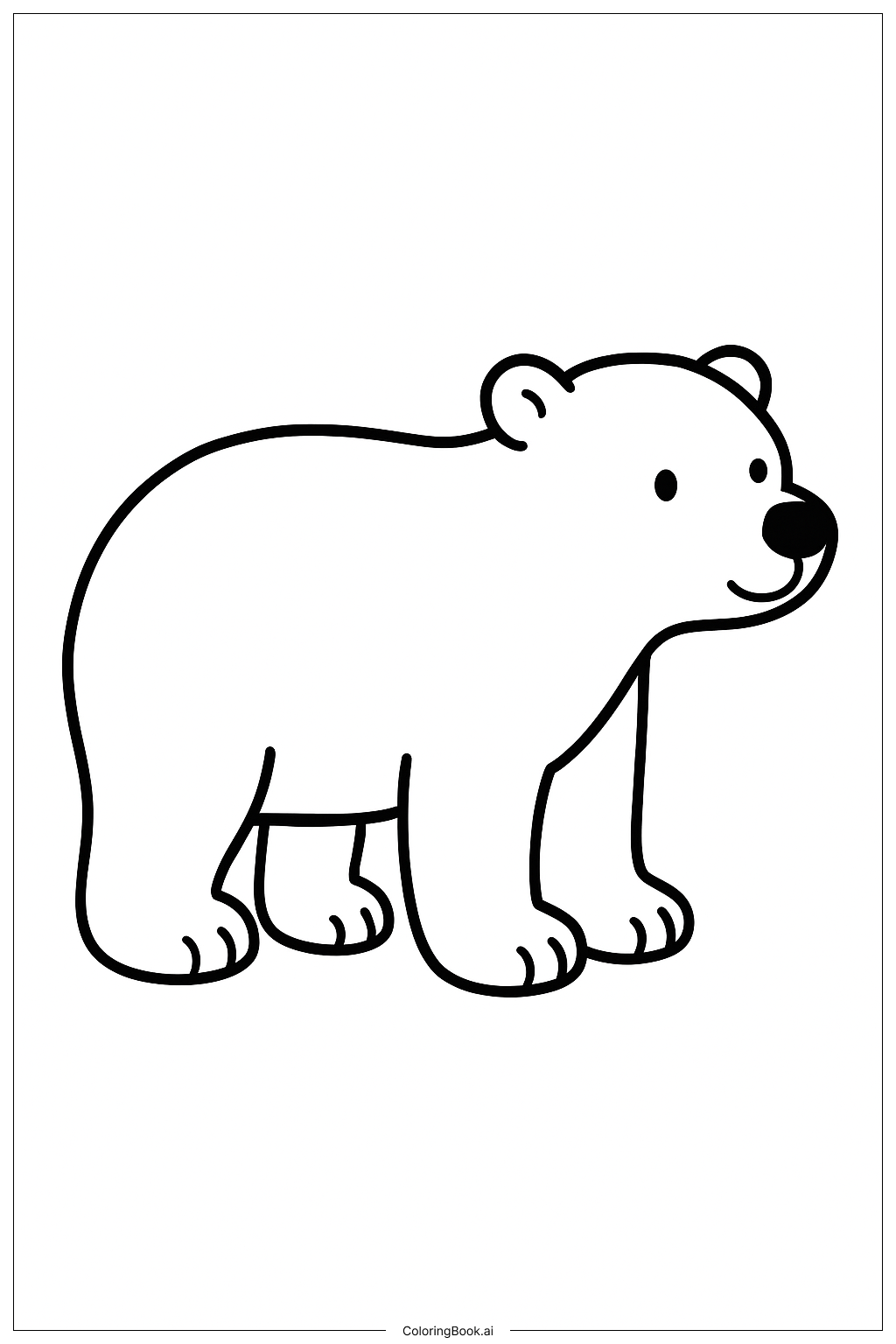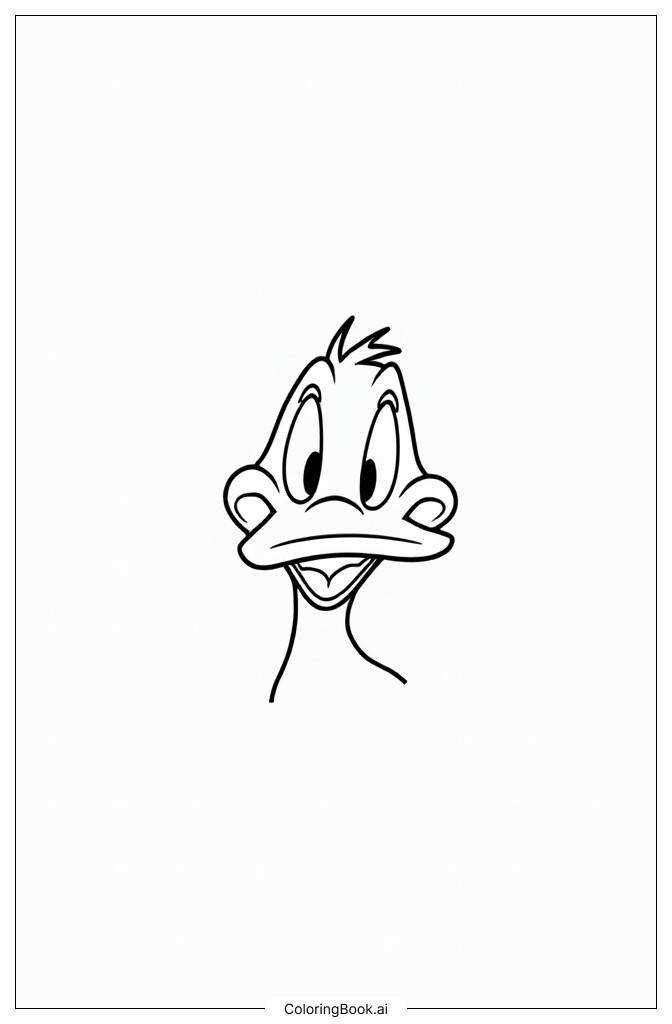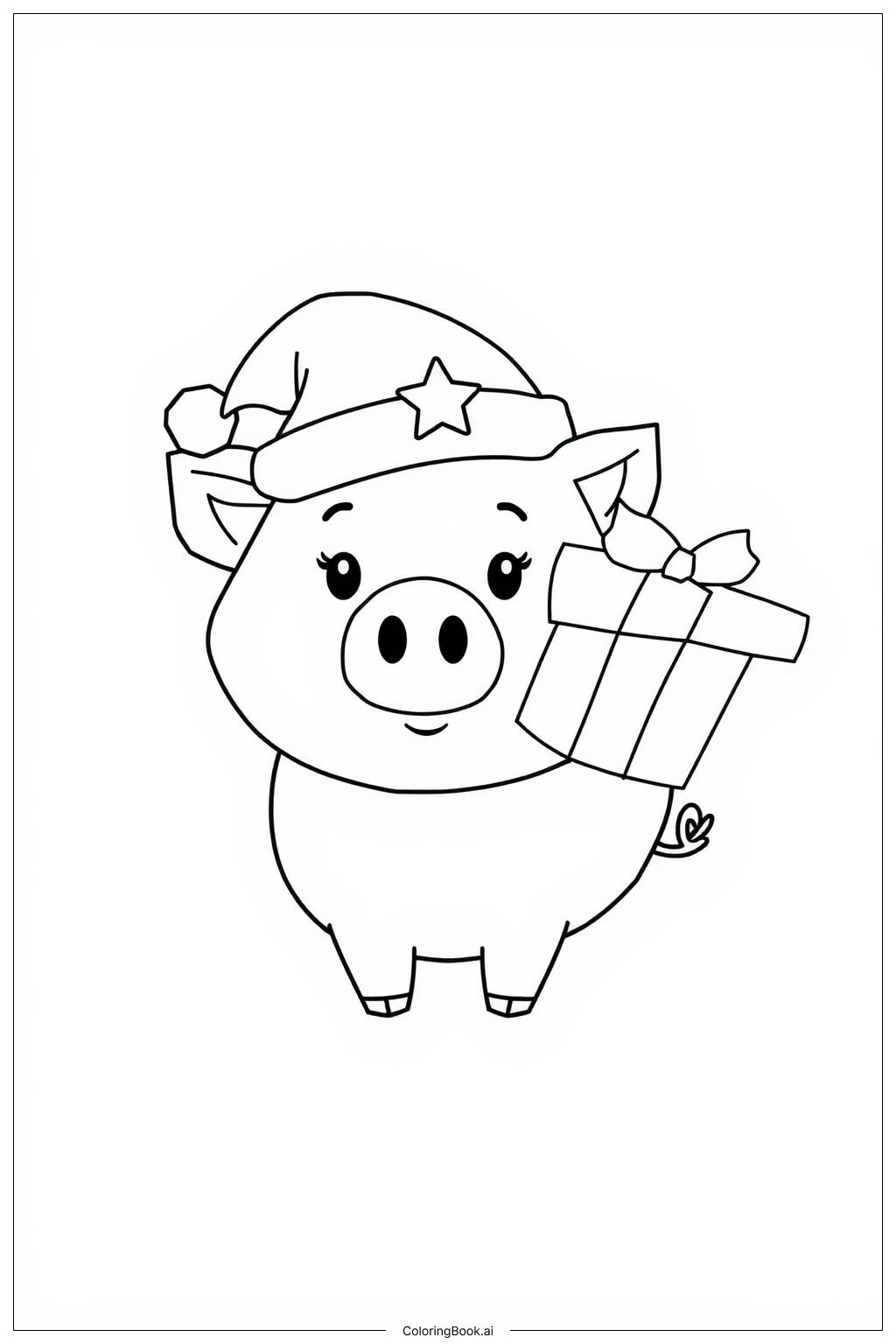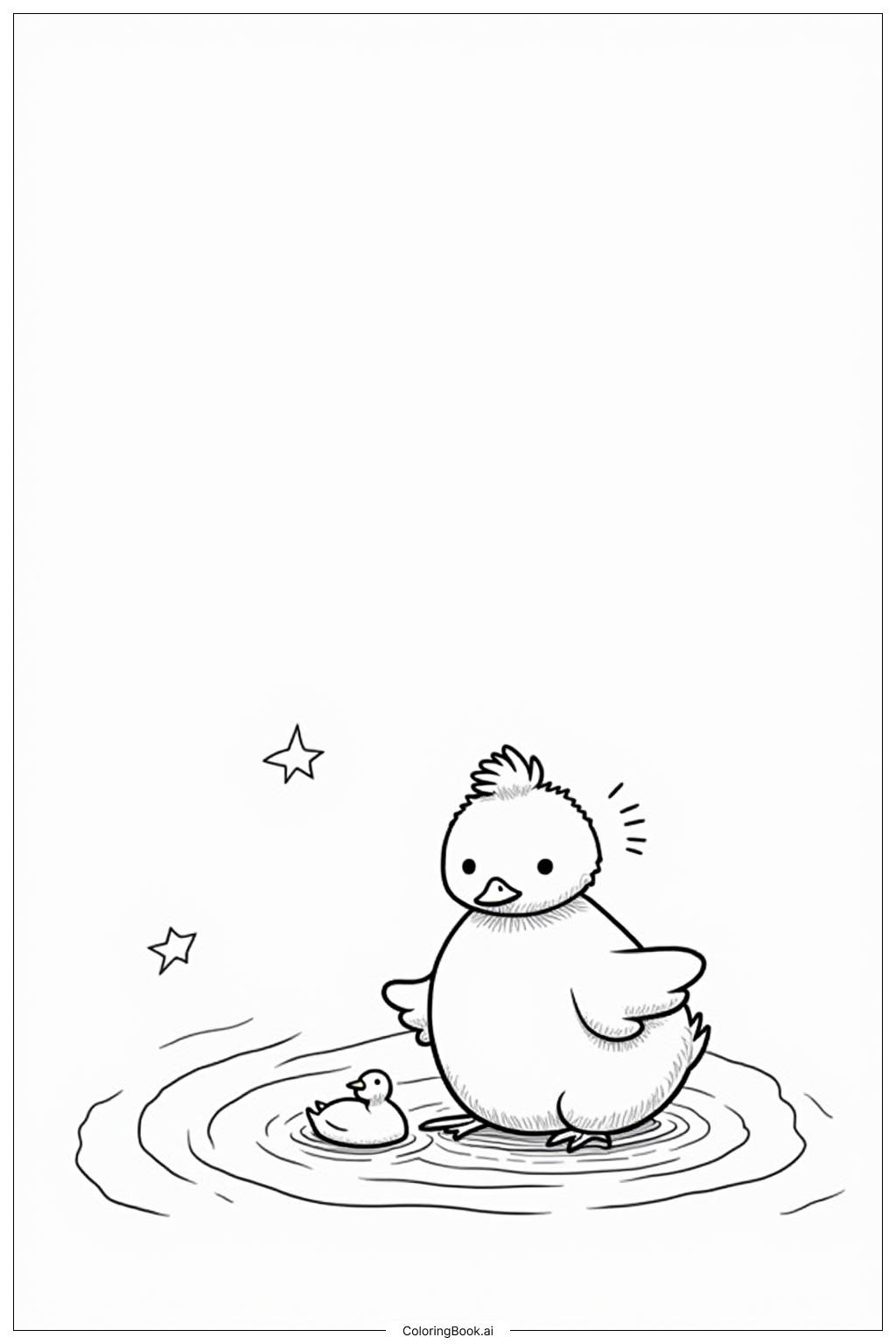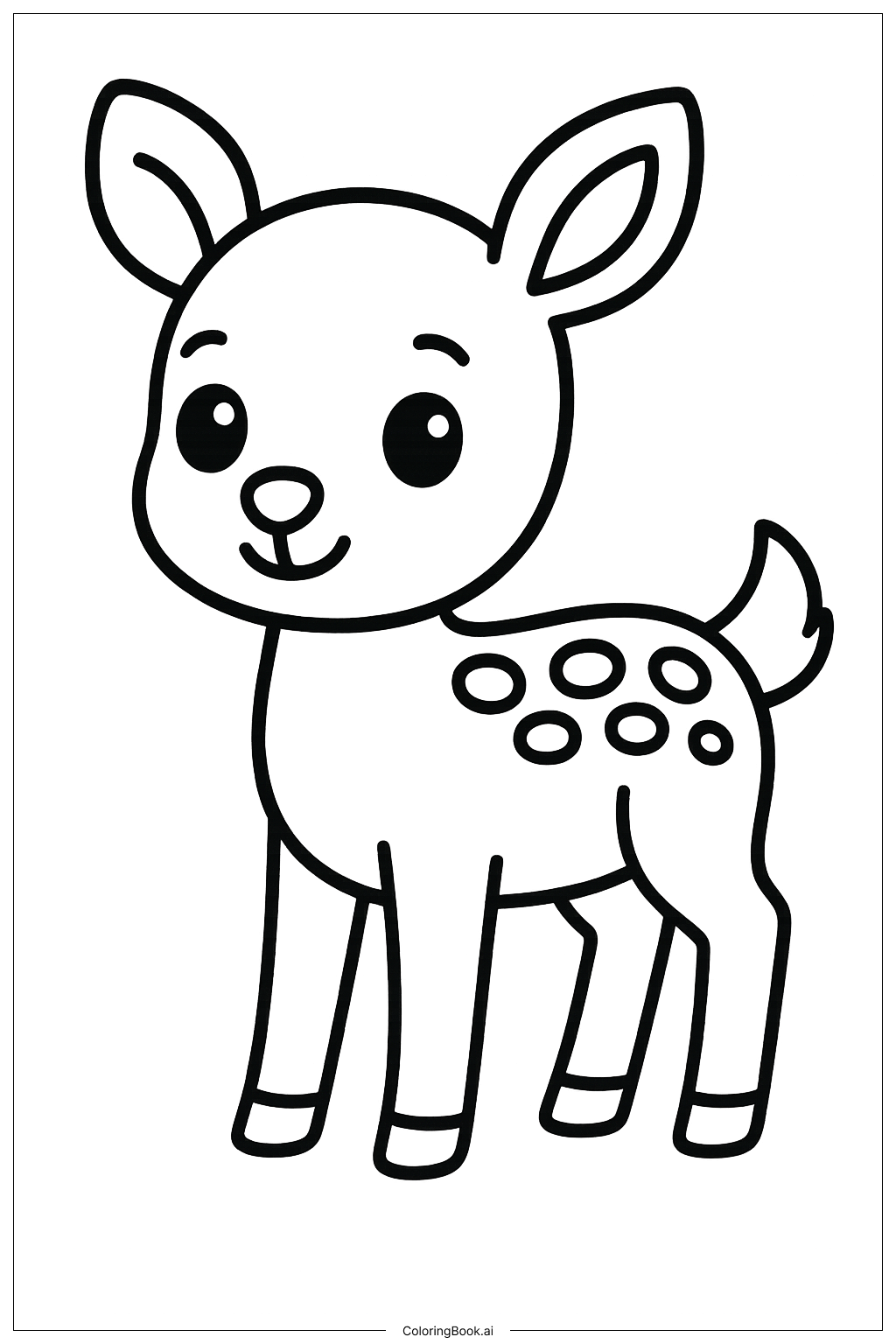Coloring tips: How to color A Single Caribou from the Arctic Animals coloring page well?
When coloring this caribou, try using natural colors like browns, grays, and tans for the body. The antlers can be a mix of light brown and gray to give them a realistic look. You can use darker shades for the legs and lighter shades for the belly and face to add depth. Feel free to add some green or white shades in the background to represent the Arctic environment, like grass or snow. Use colored pencils or crayons for better control when coloring small spaces like the antlers and legs.
Coloring challenges: Which parts are difficult to color and need attention for A Single Caribou from the Arctic Animals coloring page?
1. Coloring the antlers can be tricky because they have many branches and require careful coloring to stay inside the lines.
2. The legs are narrow and thin, needing steady hands to color without going outside the outlines.
3. Adding shading to show the caribou’s fur texture might be hard for younger kids since it requires blending different colors smoothly.
4. Keeping the facial features neat can be a challenge because the eye and ear are small and detailed.
5. Balancing the coloring between the body and the background needs some planning to make the caribou stand out clearly.
Benefits of coloring books: Advantages of drawing A Single Caribou from the Arctic Animals coloring page
Coloring this caribou helps improve focus and hand-eye coordination, especially when working on small details like antlers and legs. It also encourages creativity by allowing you to choose different colors for the animal and its environment. Learning about the caribou through coloring can increase interest in Arctic wildlife and nature. This activity can be relaxing and fun, improving patience and attention to detail.
